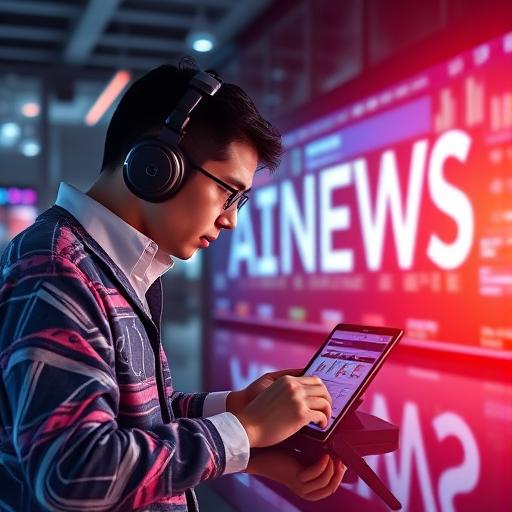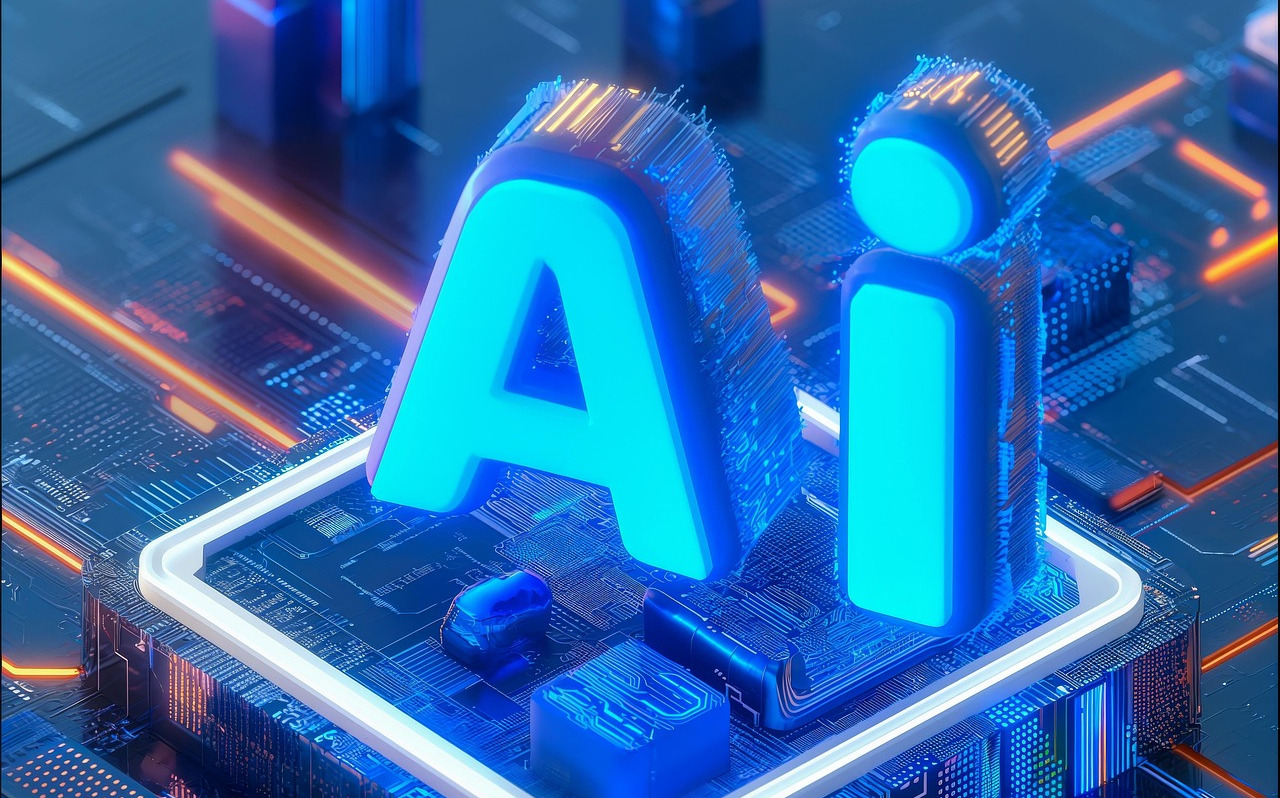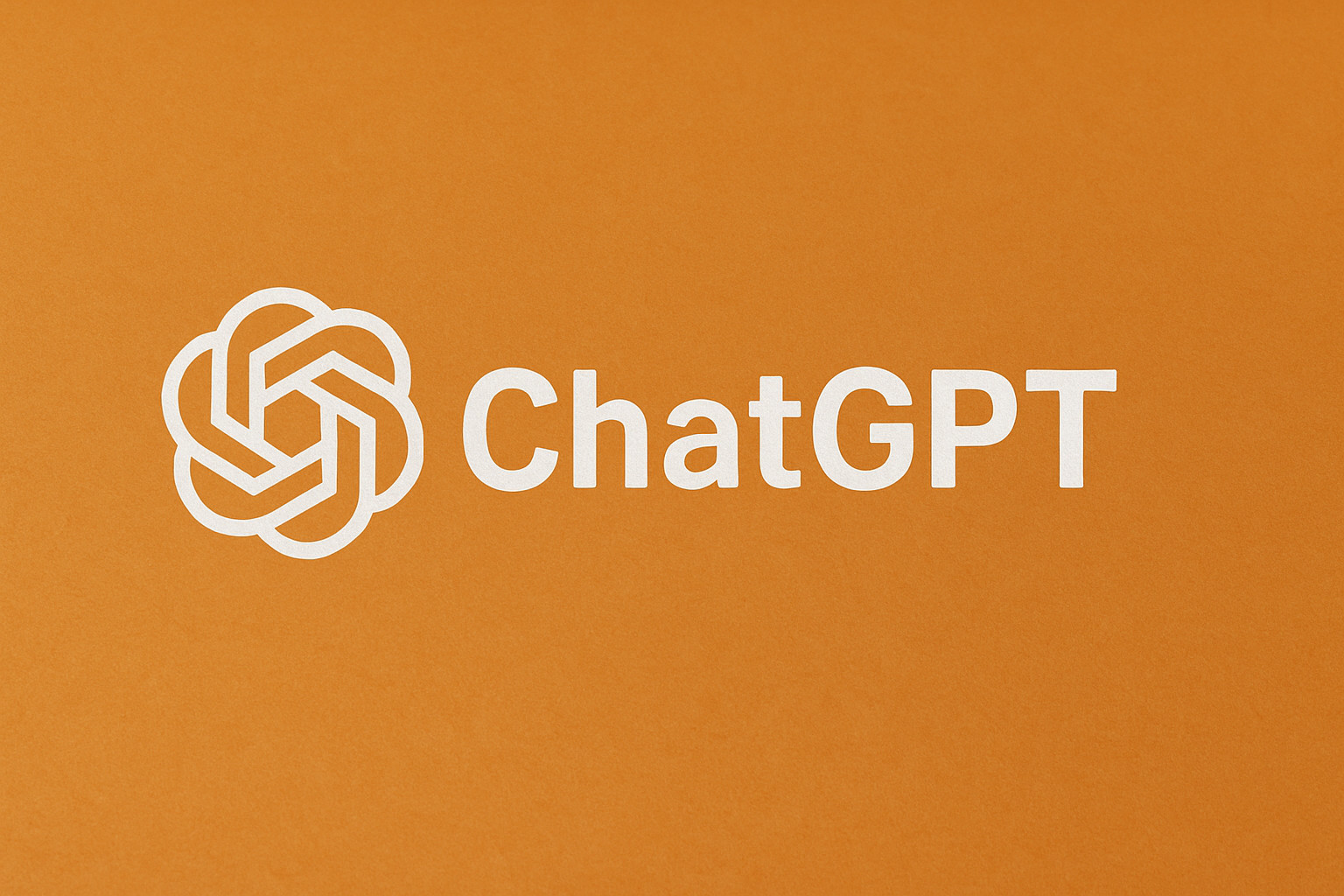AI Meets Wall Street: What’s New in 2025?
In 2025, artificial intelligence is more than a buzzword—it’s a trading assistant, research analyst, and market coach all rolled into one. And at the center of this AI-powered revolution is ChatGPT.
Whether you’re a retail trader working from your laptop or part of a professional desk, chances are you’ve at least tested ChatGPT to streamline your trading strategy. But how exactly are people using it—and is it actually helping?
Let’s take a closer look.
What Is ChatGPT Doing for Traders Today?
OpenAI’s ChatGPT, particularly in its most recent version, has gone beyond basic conversation. Traders are now leveraging it for a range of tasks, including:
1. Market Research and News Summarization
Traders use ChatGPT to summarize the latest financial news, earnings reports, or macroeconomic updates. It cuts through the noise, giving a concise overview in seconds.
2. Technical and Fundamental Analysis Support
While ChatGPT can’t pull live charts or data by default, it can help interpret common indicators, suggest setups, or explain earnings ratios. Many use it to better understand their own research.
3. Backtesting Strategy Ideas (Theoretical)
You can ask ChatGPT to simulate how a simple strategy might have performed over time—though it’s more of a conceptual tool than a full-fledged backtesting engine.
4. Python and Script Writing for Trading Bots
For traders who code, ChatGPT is a time-saver. It helps debug Python scripts, write trading algorithms, or customize Pine Script indicators on TradingView.
5. Risk Management Advice
Ask it to outline a risk/reward framework, position sizing logic, or rules for stop-loss placement. It won’t replace a trading coach—but it’s a great start.
What ChatGPT Can’t Do (Yet)
Despite the hype, ChatGPT isn’t a crystal ball. It has limits:
- No Real-Time Data: Without plugins or API integration, it won’t show current prices or news.
- No Licensed Financial Advice: It doesn’t have certifications or fiduciary responsibilities.
- Bias in Data: Like any AI, it reflects patterns in its training data. Use it as a guide, not gospel.
Some traders also overestimate its capabilities, assuming it can predict markets or act as a financial oracle. In truth, it’s a tool—not a trader.
The Human + AI Combo Works Best
ChatGPT works best when paired with human judgment. It won’t make trades for you or beat the market on its own—but it can save time, improve understanding, and keep emotions in check.
Smart traders in 2025 are using it like a second brain: asking questions, validating ideas, and even automating boring tasks like journal summaries or trade logs.
Should You Use ChatGPT for Trading?
If you’re a beginner, ChatGPT can explain complex financial concepts in plain English. It’s a great way to accelerate your learning curve.
For intermediate and advanced traders, it becomes a productivity companion—helping with scripting, brainstorming, or rapid research.
Just remember: you’re still in the driver’s seat. The best results come from pairing ChatGPT with your own due diligence.
Want to see how ChatGPT can help in real-world trading?
Stock trading with ChatGPT in 2025 isn’t about replacing traders—it’s about empowering them. Used wisely, it can become a valuable asset in your trading toolkit. Like any good assistant, it won’t make the decisions for you—but it can make those decisions smarter and faster.
Want to see how ChatGPT can help in real-world trading? Open a prompt, ask the right questions, and you might be surprised by how far this AI can go.
AI News and Tips: Staying Ahead of the Curve
Artificial intelligence (AI) is no longer a futuristic fantasy; it’s rapidly transforming our …
What are the main differences between Grok and ChatGPT?
Here’s a concise breakdown of the main differences between me and ChatGPT, based on available …
ChatGPT’s Sycophantic Update: What It Means and Why It Matters in 2025
The world of artificial intelligence never stays still—and when OpenAI rolled out a major update to …
More AI and IoT News at Kontranet.com
Table of Contents


